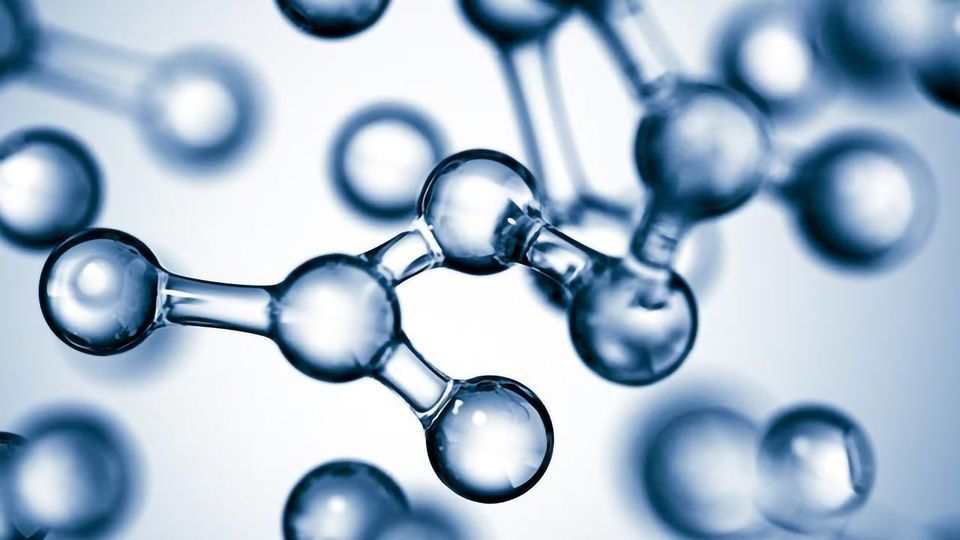Flow Chemistry: Successfully Transitioning From Lab to Production

Complete the form below to unlock access to ALL audio articles.
As continuous flow technology takes center stage, we are seeing a transformation in chemical production. To learn more about the transition away from batch-wise approaches to chemical reactions, the advantages and challenges of using flow technology, and how its adoption has impacted the industry we recently spoke with Charlotte Wiles, PhD, CEO at Chemtrix BV.
Charlotte also summarizes the topic of her upcoming presentation at the 2019 Flow Chemistry and Continuous Processing Conference.
Laura Lansdowne (LL): For those readers that are perhaps less familiar with Chemtrix, could you give us an overview of the company history, mission, and your professional background?
Charlotte Wiles (CW): Chemtrix BV is headquartered in The Netherlands and was established 11 years ago to develop scalable continuous flow reactor technology. Combining synthetic chemists with chemical and mechanical engineers has enabled us to design, build and implement a series of tools that are suitable across lab, pilot plant and production environments. Our mission is to develop high quality equipment and continuous processes that contribute towards increased process understanding, safety and sustainability within the chemical industry. Collaboration is key to the adoption of a new technology and we work closely with Partners to deliver bespoke solutions from proof of concept reaction screening through to turn-key production systems.
I am a synthetic organic chemist by training, completing a PhD in the area of continuous flow technology in 2000 and researching as a post doc for a further five years in this rapidly growing area. Starting in 2008 at Chemtrix BV I held the role of CTO and for the past 6 years I have had the privilege holding the post of CEO, overseeing the growth of Chemtrix BV and contributing towards the increasing adoption of this emerging technology.
LL: What is continuous flow technology and how has this impacted chemical production?
CW: Continuous flow technology is a change from the conventional batch-wise approach of performing chemical reactions in tanks or vessels. A continuous flow reactor is a unit that processes many reactor volumes without interruption – this means that small volume units can be used for large volume manufacture when operated 24/7. The technology is suitable for production scales ranging from mg to multi mTonnes/year which means we are seeing implementation in all areas from discovery through to manufacturing. The ability to work in new reaction space compared to conventional batch technology means processes can often be intensified, this means material can be produced faster and with less waste. A footprint reduction is a common feature of continuous flow technology when used at an industrial scale.
LL: Could you touch on some of the advantages and disadvantages of the technology?
CW: The benefits associated with the technology largely relate to the small size of the equipment. Flow reactors can be heated/cooled more rapidly than batch vessels and reagents can be more efficiently mixed – these features combined give increased control over a process. In addition to accessing reaction conditions that previously could not be scaled to production (such as ms reactions times, solvent-free exothermic reactions, photochemistry and electrochemistry), the use of a plug flow reactor gives rise to a more consistent product quality, that is a function of the hardware, not the operator. This has future potential to disrupt how and where chemicals are produced, heading towards more distributed manufacture via plant replication at the point of use.
As an emerging technology, I would say the biggest disadvantage of the technique is that it is relatively new and people are still learning what it can be used for and where it can bring benefit. My advice is to clearly identify your project/process goals at the outset, whether looking to use flow or batch – this will allow you to design the experimentation to address your question and provide a well evaluated solution. For example, are you looking to improve yield, selectivity, cost of goods and/or throughput? The process development path will of course differ if costs are no object and speed to the first kg is the goal vs. the manufacture of a generic compound at the mTonne scale 24/7.
With that said, training is an important aspect of our work, both in an academic and industrial environment, giving the necessary skills to choose if ‘batch or flow’ is the right route to take and how to implement it.
LL: You are speaking at the upcoming “Flow Chemistry and Continuous Processing Conference” in April, could you tell us about the focus of your talk?
CW: My presentation is based on a series of case studies that illustrate how companies across the fine, specialty and pharma sectors have successfully transitioned from lab to production. Examples will span production scales of 10’s mg for discovery applications and route scouting, through to 100’s mTonnes/month manufacturing campaigns. Emphasis will be on the importance of partnering to deliver successful industrial projects and the role of regulatory agencies, such as the US Food and Drug Administration (FDA), on the acceptance and uptake of new technologies.
Charlotte Wiles was speaking with Laura Elizabeth Lansdowne, Science Writer for Technology Networks.

